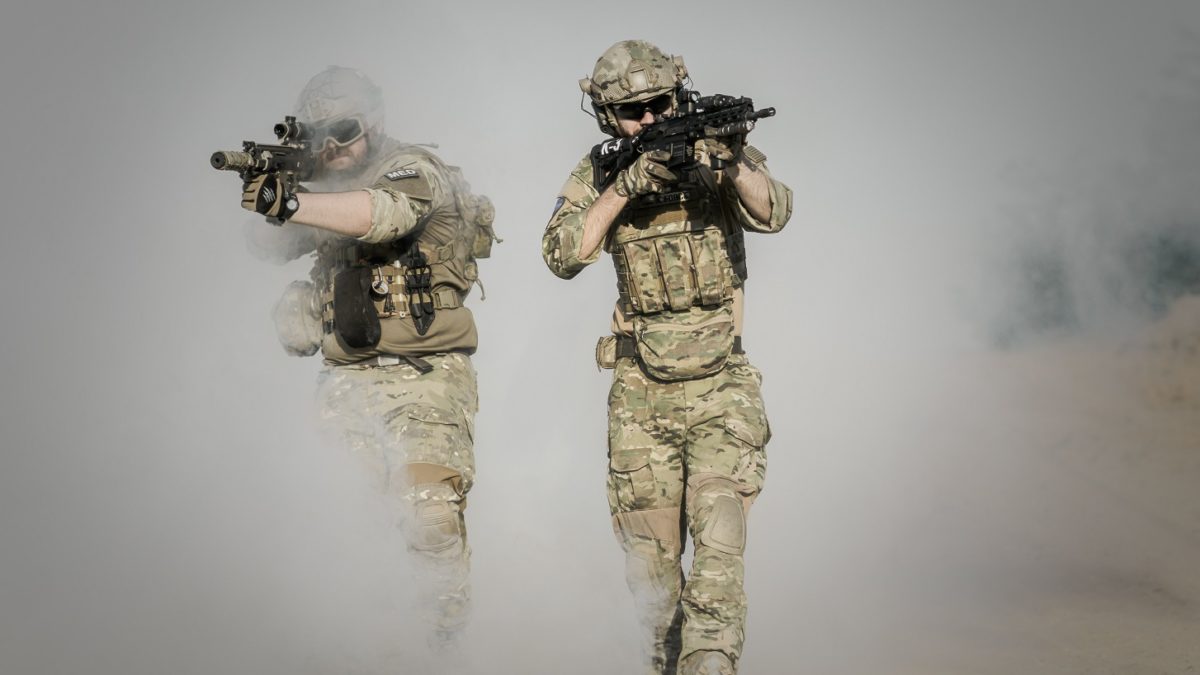
Getting it Right: Plate Carrier Sizing and Fit
As a military personnel, law enforcement agent, or security professional, you know the importance of having the right gear. Your plate carrier is one of the most critical pieces of that gear, protecting your vital organs from potentially fatal injuries. However, carrying around a poorly fitting plate carrier is also a recipe for disaster. The right sizing and fit are essential, and in this blog post, we are going to guide you through the process of selecting the right plate carrier that fits like a glove.
1. Know Your Body Measurements: Before purchasing a plate carrier, you need to know your exact measurements. Use a tape measure to measure your chest, shoulders, waist, and hips. Most manufacturers provide a sizing guide, so make sure you compare your measurements to the size charts to select the right size. Avoid guessing or going for a one-size-fits-all approach as it can put you at significant risk.
2. Adjustability is Essential: Choose a plate carrier with several adjustment points. A carrier with adjustable straps and cummerbund will offer a better fit and comfort level. Remember, the more adjustment points, the more custom-fit you can make while allowing room for changes you may need to make for different mission requirements.
3. Think About the Type of Plates: Opt for a plate carrier designed to accommodate the type of plates you plan to use. Different plate carriers have different cut configurations and sizes, so consider this before making a purchase. It’s essential to choose the carrier that fits the plates comfortably, reducing the risk of movement or discomfort.
4. Understand the Operations and Tasks: Your job’s nature, environment, and tasks will determine the type of plate carrier that’s best for you. A special mission might require a low-profile carrier, while others may need a more substantial carrier to carry extra gear. Choose the most suitable carrier that accommodates your operation and tasks while also considering factors such as accessibility, mobility, and protection.
5. Don’t Skimp on Materials: Often, people go for a cheaper option when it comes to plate carriers, but it’s not always the best decision. Pick a carrier made of high-quality materials like Cordura Fabric, which is highly durable and has excellent abrasion resistance. Lower-end material used for carriers is cheap, however, for daily use and repeated wear, it will depend and eventually fail.
To summarize, selecting a plate carrier that fits perfectly should be a top priority. Using a tape measure and manufacturer size charts to select the right size, choosing a carrier with adjustable straps and cummerbund, considering the cut configuration and size of the plates you plan to use, and understanding your task’s nature, environment and requirements – are all essential things to consider. Don’t be tempted to skimp on material quality; your gear must be made from high-quality, durable materials to endure repeated use. Remember, your plate carrier is a critical piece of gear that can play a significant role in keeping you alive in the field – so select the right one and keep yourself and others safe.
For more great articles, please click here.